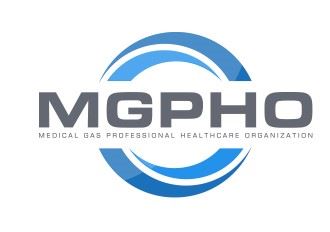While I always appreciate Al's opinions and his commitment to the industry, I have to respectfully disagree with this interpretation.
The way I interpret the code requirements with regard to "temporary" systems, is that they have to meet the same requirements as "permanent" systems. This should not be confused with "emergency operations," which allow the health care organization to do what is necessary to keep patients safe regardless of the code requirements. This would only occur under emergency operational status.
For temporary systems, which would be used during a planned shutdown of the existing systems, the same level of patient protection, system redundancy, and monitoring must be maintained during operation. There are a few indicators in the code that help validate this interpretation.
The first being that the code simply states that piped medical gas systems must meet the requirements of the code. There is no distinction in the code requirements between permanent and temporary systems.
The second can be found in the Performance Criteria and Testing requirements found in 5.1.12 of the code. It states in the very first paragraph of the general section the following.
5.1.12.1.1
Inspection and testing shall be performed on all new piped medical gas and vacuum systems, additions, renovations, temporary installations, or repaired systems to ensure, by a documented process and procedure, that all applicable provisions of this document have been adhered to and system integrity has been achieved or maintained.
This to me is a clear indication that we expect the temporary systems to follow the exact same code requirements as any other system. As a verifier, I would expect the systems to be subjected to the same testing, inspection, and verification requirements as a brand new system, and my code requirement checklists and testing procedures would remain the same as any other verification.

